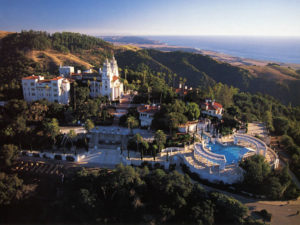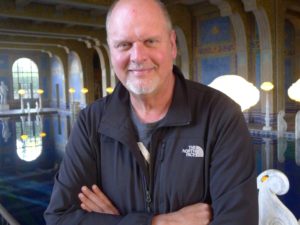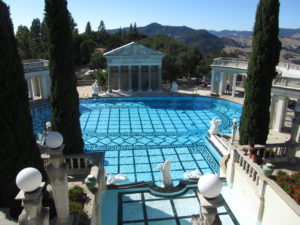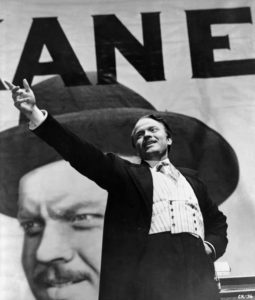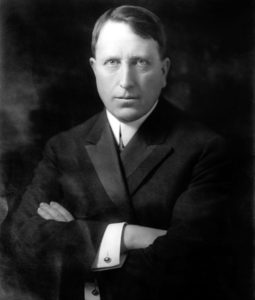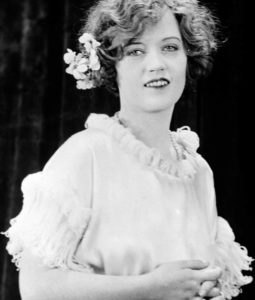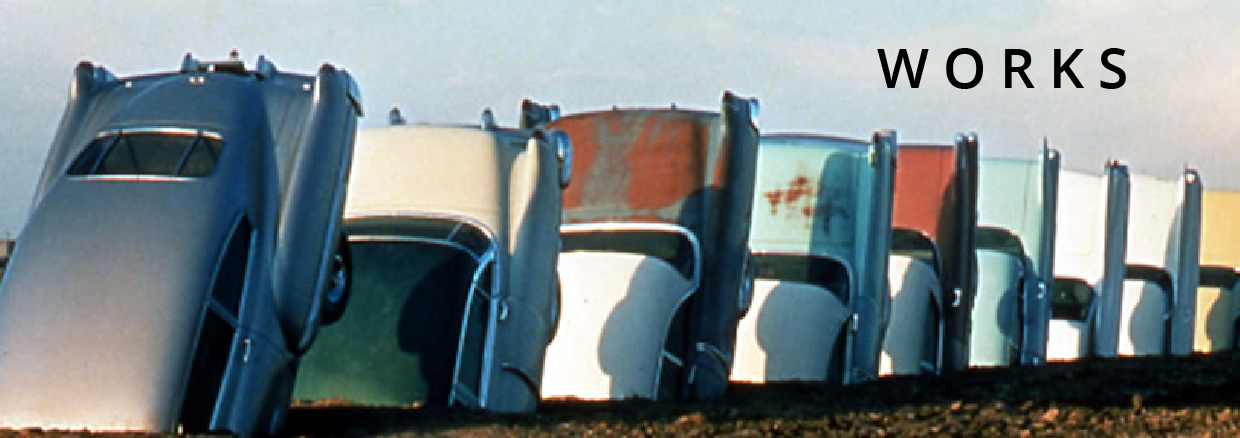Once Upon a Castle
Symphonie Concertante for organ and orchestra (2015)
I. The Road to San Simeon
II. Neptune Pool
III. Rosebud
IV. Xanadu
Instrumentation: Solo organ (theater or classical); 2 flutes, piccolo(flute); 4 horns, 3 trumpets, 3 trombones, tuba; timpani, 3 percussion; strings
Publisher: Boosey and Hawkes, Hendon Music (BMI)
Duration: 25 minutes
World Premiere: Once Upon A Castle: Symphonie Concertante for organ and orchestra, was commissioned by the Ann Arbor Symphony and a consortium consisting of the Cedar Rapids Symphony, the Rockford Symphony Orchestra and the West Michigan Symphony Orchestra. The world premiere was given by the Ann Arbor Symphony conducted by Arie Lipsky, with Steven Ball, organ, at the Michigan Theater, Ann Arbor, Michigan on November 15, 2003. The world premiere of the revised version was given by the Nashville Symphony Orchestra conducted by Giancarlo Guerrero, with Paul Jacobs, organ, at the Schermerhorn Symphony Center, Nashville, Tennessee on November 6, 2015.
Program Note:
Once Upon a Castle (2015) for organ and orchestra was commissioned by the Ann Arbor Symphony and a consortium consisting of the Cedar Rapids Symphony, Rockford Symphony Orchestra and West Michigan Symphony Orchestra. The world première was given by the Ann Arbor Symphony conducted by Arie Lipsky, with Steven Ball, organ, at the Michigan Theater, Ann Arbor, Michigan, on November 15, 2003. The world première of the revised version was given by the Nashville Symphony conducted by Giancarlo Guerrero, with Paul Jacobs, organ, at Schermerhorn Symphony Center, Nashville, Tennessee, on November 6, 2015. The Naxos recording of Once Upon A Castle, by the Nashville Symphony conducted by Giancarlo Guerrero, with Paul Jacobs, organ, received three Grammy Awards in 2017 including Best Classical Compendium.
One of my favorite places to visit is Big Sur, a sparsely populated refuge located along the Pacific coast’s Highway 1 between Monterey and Cambria, California. Driving this scenic route, it is hard not to notice the Hearst Castle set high above the Pacific Ocean on the barren mountains of San Simeon. The Hearst Castle was the vision and private residence of American media mogul William Randolph Hearst (1863-1951) and designed by architect Julia Morgan (1872-1957). Construction of the colossal castle began in 1919 and continued for nearly 30 years. By 1947, the Hearst Castle was a grand estate of 165 rooms. Today, the Hearst Castle is a museum and National Historic Landmark. My sinfonia concertante for organ and orchestra is a nostalgic trip down memory lane to a time that was “once upon a castle.”
- The Winding Road to San Simeon evokes the five-mile road winding up the San Simeon mountains to the Hearst Castle. The music crescendos until we reach the top of the entrance of the castle, where lush major chords in the organ and panoramic rhythmic sweeps of orchestral color evoke the spectacular views of the Pacific Ocean high above the coastline. As one of the world’s richest men at the time, Hearst had the means to travel the world to purchase extravagant European classical paintings, tapestries, sculptures and antiquities to decorate the rooms, terraces, pools and walkways of his beloved castle. It is not by chance that I have composed music for this movement that might occasionally remind the listener of a musical “antique.”
- Neptune Pool is the centerpiece of the Hearst Castle. Framed by statues of the sea-god Neptune and his Nereids, this magnificent outdoor Olympic-sized pool seems to hover above the clouds of the Pacific Ocean. For this movement, I have composed reflective “water music” that wistfully mirrors the grandeur of this aquatic wonder. This movement is dedicated to the memory of organist William Albright (1944-98), my former colleague in the composition department at the University of Michigan, who was considered one the world’s greatest composers of contemporary organ music.
- Rosebud. In the shadow of the Hearst Castle is Citizen Kane (1941), the groundbreaking film starring and directed by Orson Welles. The film presents an unflattering caricature of Randolph Hearst (Citizen Kane), his mistress Marion Davies (Susan Alexander) and life at the Hearst Castle (Xanadu). My music for this movement echoes a brilliant scene in the film where the boisterous Kane (the organ) and lonely Susan (the solo violin) argue from opposite ends of a cavernous empty room of the castle. The sleighbells remind us of Kane’s final word, before he dies alone: “Rosebud,” painted on Kane’s childhood sled.
- Xanadu. Randolph Hearst and his longtime companion Marion Davies were high society’s première Hollywood couple, throwing lavish weekend parties at the Hearst Castle during the 1920s and 1930s. Among those who received and accepted the coveted invitations were important political dignitaries such as Winston Churchill and famous film stars of the day including Clark Gable, Charlie Chaplin, and Greta Garbo. For the final movement, I also had in mind fragments of Samuel Taylor Coleridge’s 1798 poem, Kubla Khan. My Xanadu is filled with exotic organ chords and virtuoso bass pedal riffs surrounded by sizzling strings, rumbling brass, shimmering percussion and pulsating timpani. In the middle of the proceedings, I briefly return to an elaborate development of music from the first movement. After this “flashback,” I pull out all the stops for a dramatic ending, which concludes my tour of Xanadu and the “pleasure-dome” that Hearst built “once upon a castle.”
–Michael Daugherty
